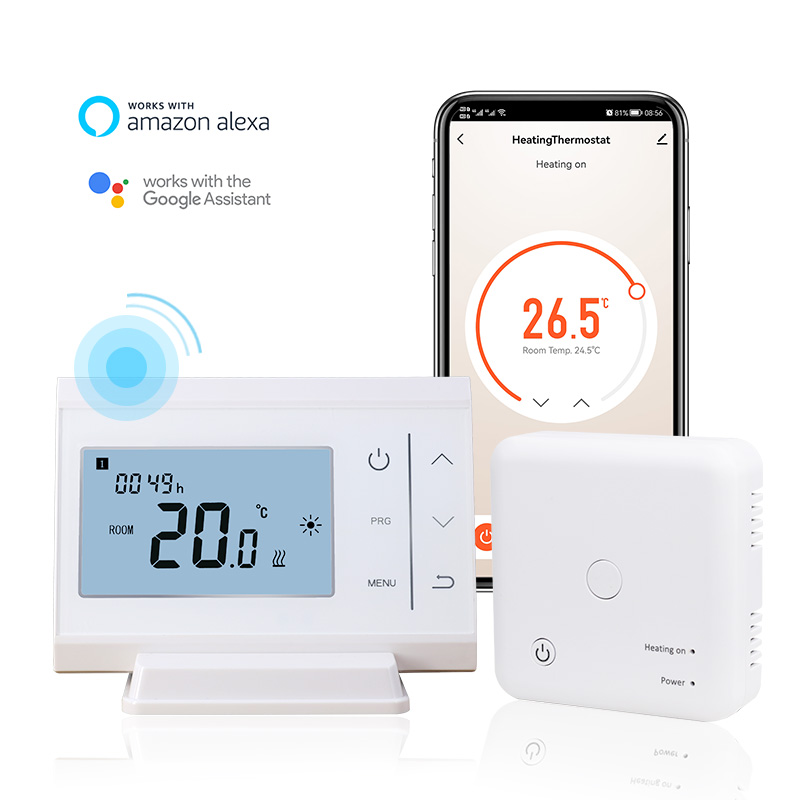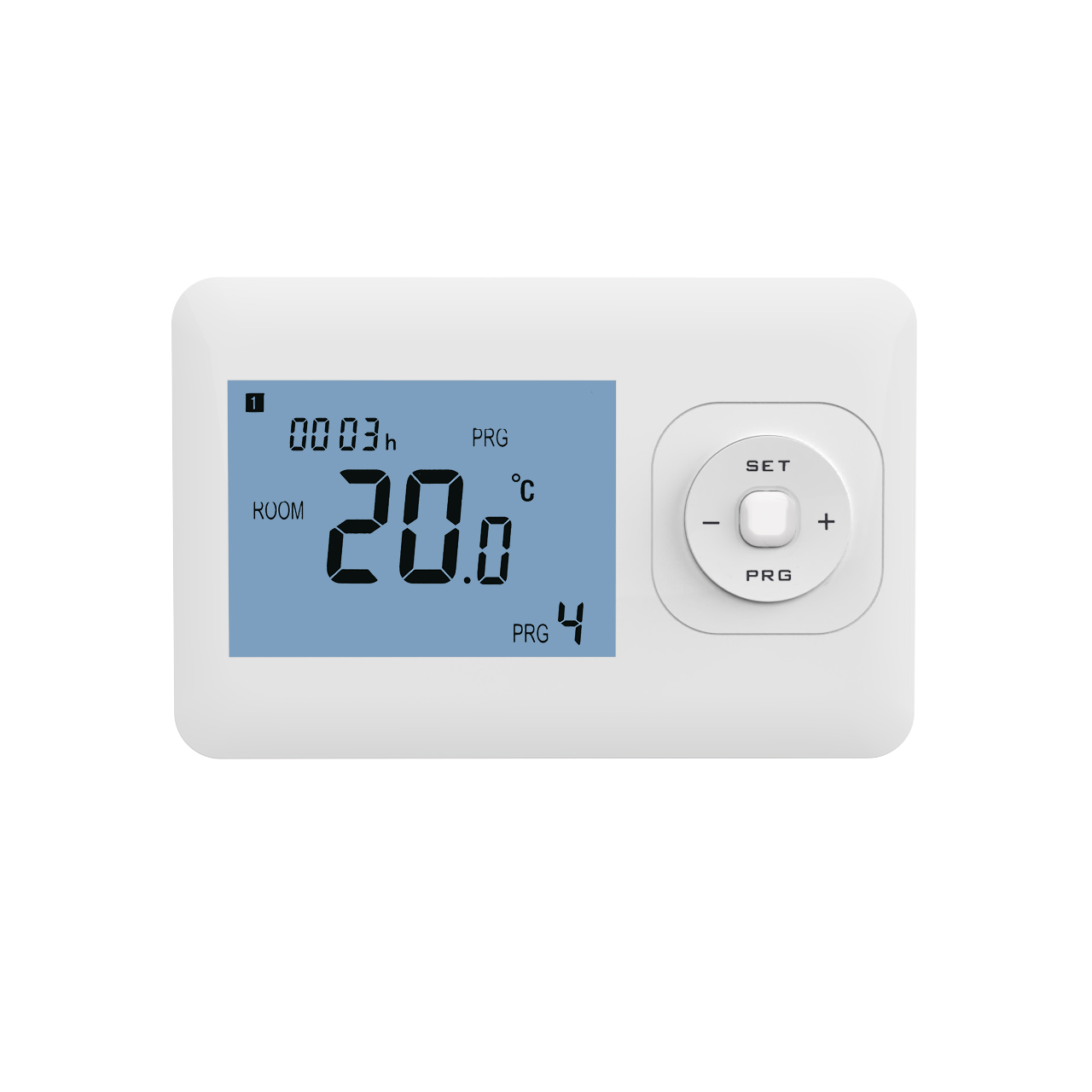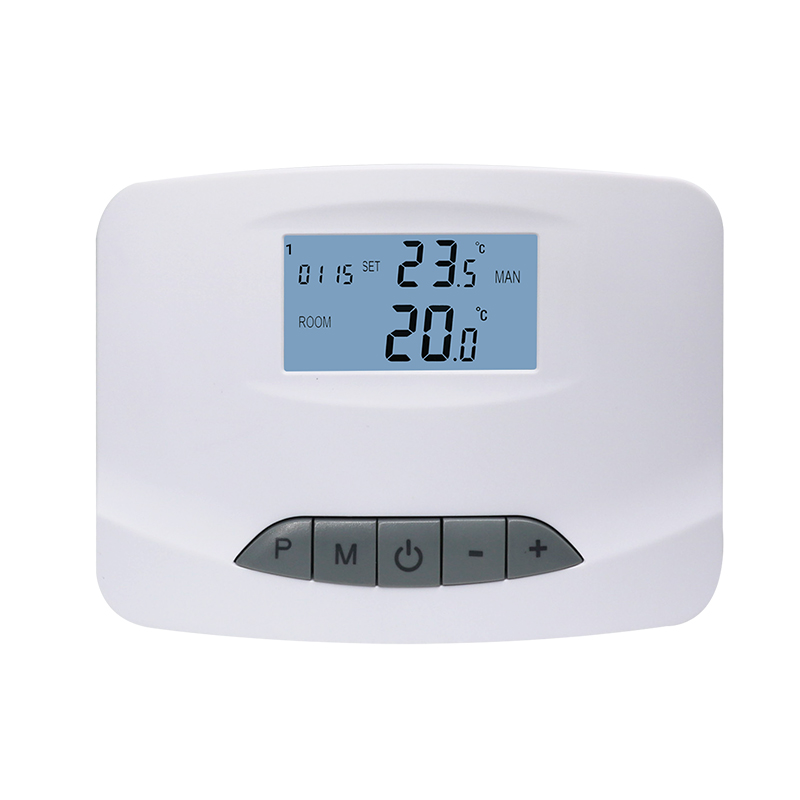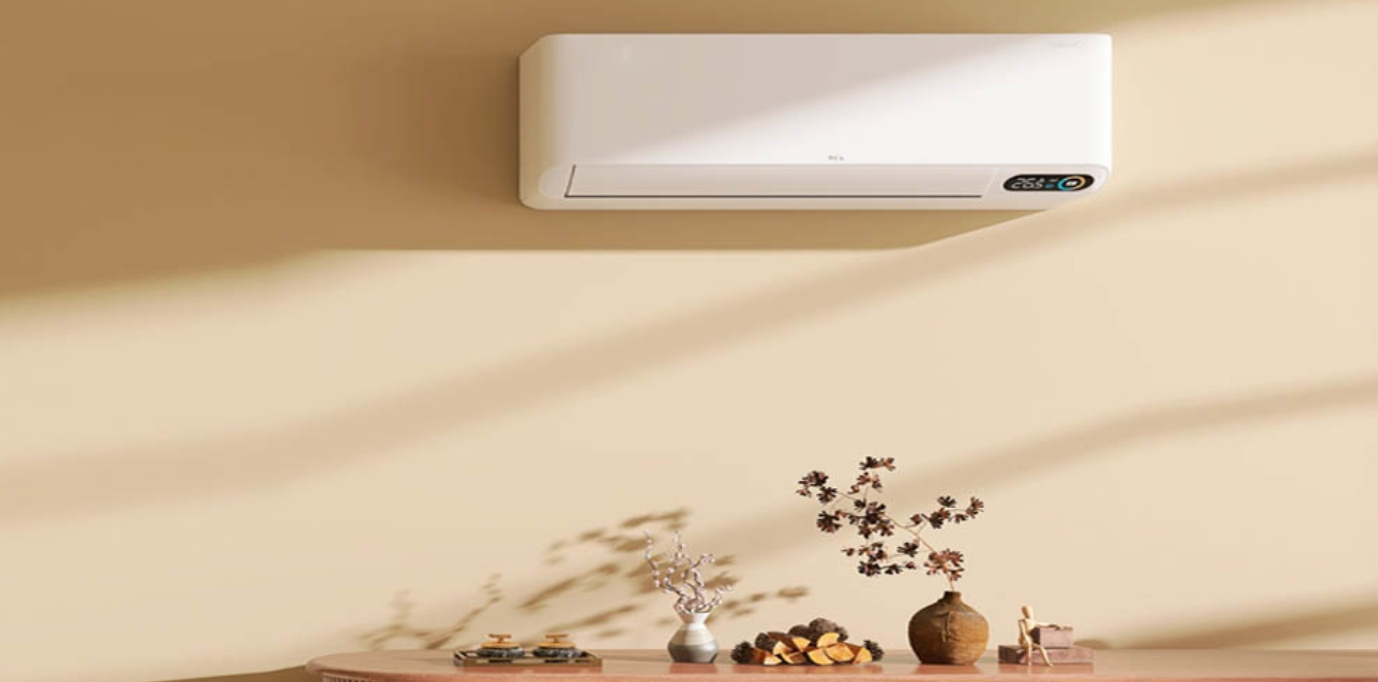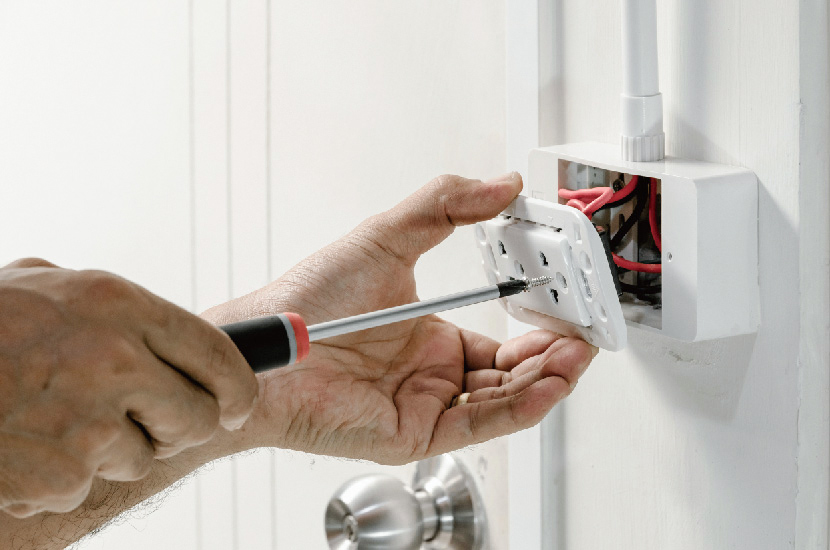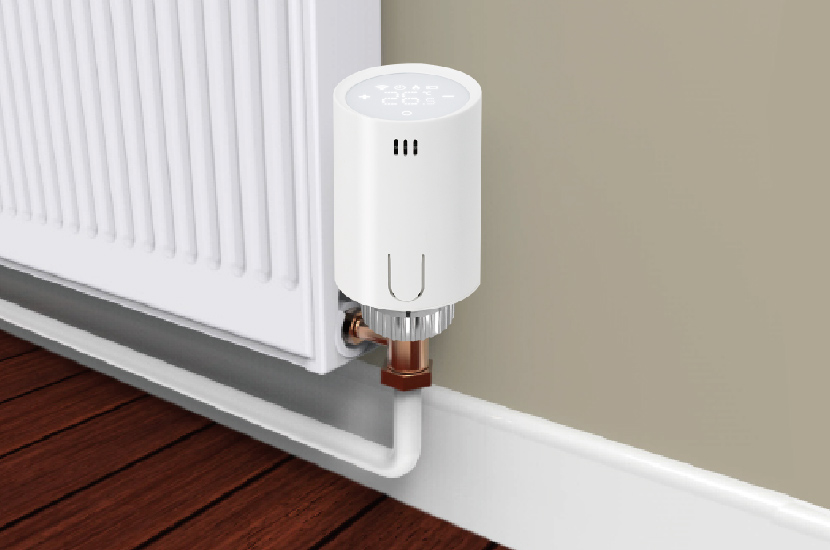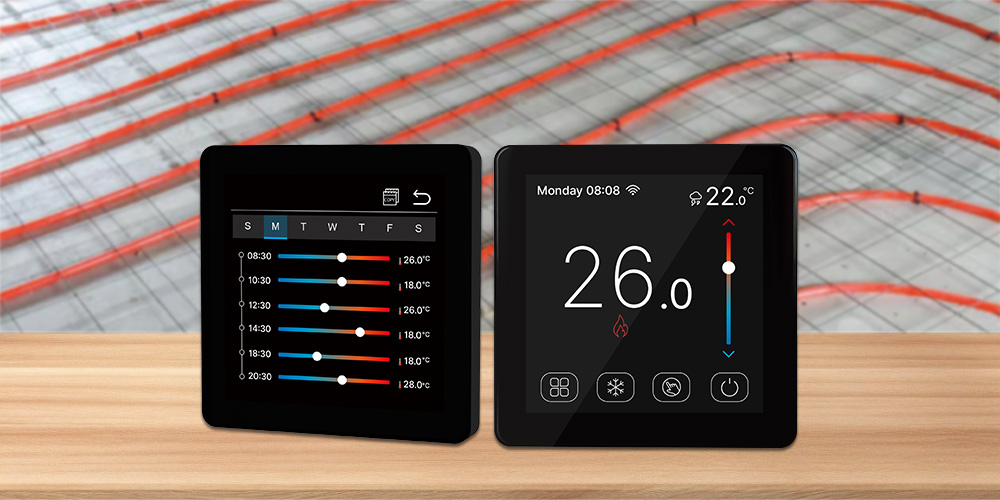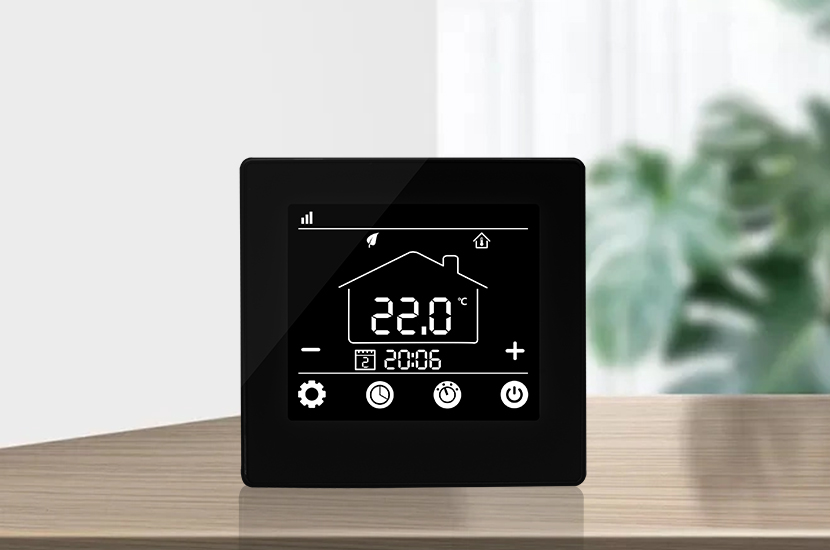Featured articles
More from the category
How does a boiler thermostat work?
05/16/2025
In the cold winter, the boiler thermostat plays a key role behind the warm indoor environment. It not only maintains a comfortable temperature, but also plays an important role in energy saving and consumption reduction. Next, let’s explore its working mechanism in depth.

Temperature perception: the starting point of work
The operation of the boiler thermostat begins with the perception of temperature. Different types of thermostats use different sensing elements.
Bimetallic strip: Common in traditional mechanical thermostats, it is made of two metals with different thermal expansion coefficients. When the temperature changes, the bimetallic strip bends due to different degrees of expansion or contraction, and is converted into an electrical signal through a mechanical structure to control the start and stop of the boiler. For example, when the temperature drops, the bimetallic strip bends to connect the circuit and start the boiler heating.
Thermistor: Widely used in modern electronic thermostats, it is a temperature-sensitive semiconductor element. When the temperature changes, its resistance value changes, causing the circuit current to change, and the internal microprocessor calculates the temperature based on this. Compared with bimetallic strips, it has higher sensitivity and accuracy, providing data support for precise temperature control.
Thermocouple: It is composed of two different metal wires connected at one end. The temperature change of the connection point will generate thermoelectric potential. The temperature can be known by measuring the electromotive force. It is often used in industrial boilers with high precision requirements and harsh environments, and can work stably.
Signal processing and decision-making: The “smart center” of the thermostat
After sensing the temperature, the thermostat needs to process the signal and make a decision.
Set temperature comparison: The thermostat stores the target temperature set by the user, and immediately compares it after receiving the real-time temperature signal. If the actual temperature is lower than the set value, such as the indoor setting is 20℃, and 18℃ is detected, the heating is started; otherwise, a cooling decision is made.
Control algorithm adjustment: Modern thermostats often use proportional-integral-differential (PID) control algorithm. Proportional control outputs signals based on temperature deviation. The larger the deviation, the greater the heating or cooling power of the boiler; integral control accumulates deviations to eliminate steady-state errors; differential control focuses on the rate of change of deviations to prevent temperature overshoot. The combination of the three can achieve precise dynamic temperature control.
Control output: command boiler operation
After completing signal processing and decision-making, the thermostat outputs a control signal to command the boiler to act.
Control heating element: In gas boilers, the signal controls the gas valve. When the temperature is low, the valve is opened for combustion and heating, and it is closed when the set value is reached; electric boilers control the electric heating element to turn on and off to achieve heating and stop.
Adjust the speed of the circulation pump: In complex heating systems, when the indoor temperature is low, the thermostat accelerates the circulation pump to speed up the circulation of hot water and heat up; when the temperature is close to the set value, the pump speed is reduced to avoid excessive temperature rise.
Control ventilation equipment: In industrial or large commercial heating systems, when the temperature is too high, the thermostat opens the vents or exhaust fans to dissipate heat; when the temperature is too low, it is closed to reduce heat loss.
Working characteristics of different types of thermostats
Traditional mechanical thermostat: simple structure, relying on bimetallic strips and contact switches, low cost, high reliability, but low accuracy (error of about ±2℃), no complex programming and intelligent functions, suitable for small systems with low requirements for temperature control accuracy.
Electronic thermostat: using thermistors and microprocessors, the accuracy can reach within ±1℃, can quickly sense the temperature, and accurately control through algorithms. Equipped with a display screen for easy operation, some have simple programming functions to meet the temperature requirements of different life scenarios.
Smart thermostat: With the help of Internet of Things technology, it supports Wi-Fi or Bluetooth connection and can be remotely controlled. It has a learning function, can analyze user habits and automatically adjust the temperature, and can also be linked with smart home devices, such as automatically adjusting the heating mode when detecting doors and windows are open, with significant energy-saving effects.
